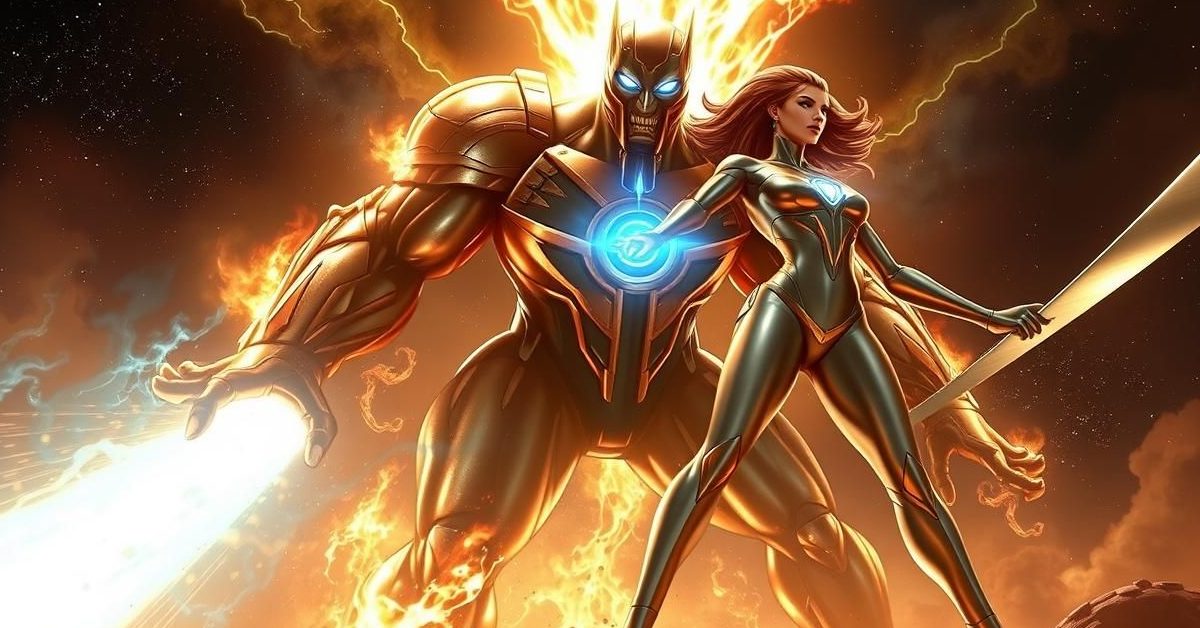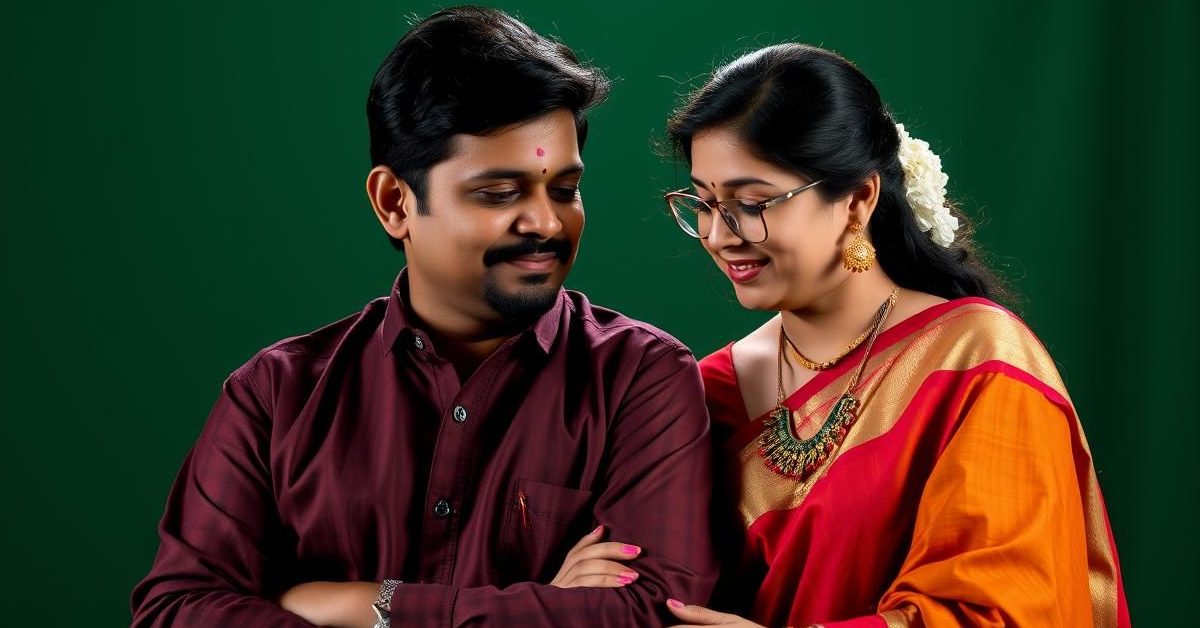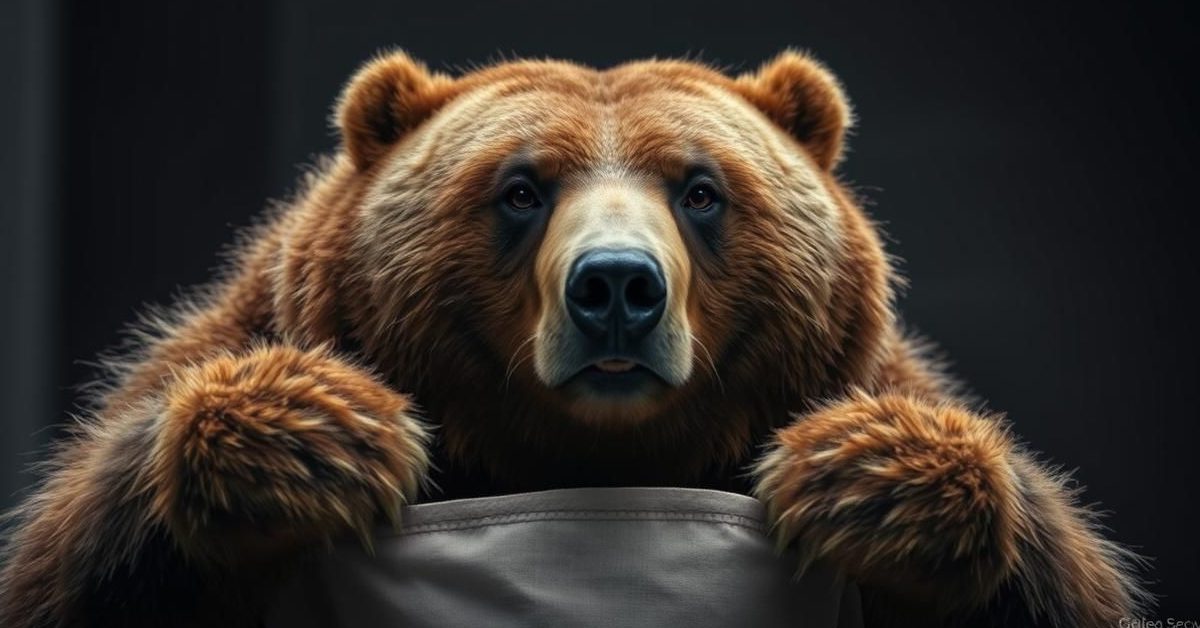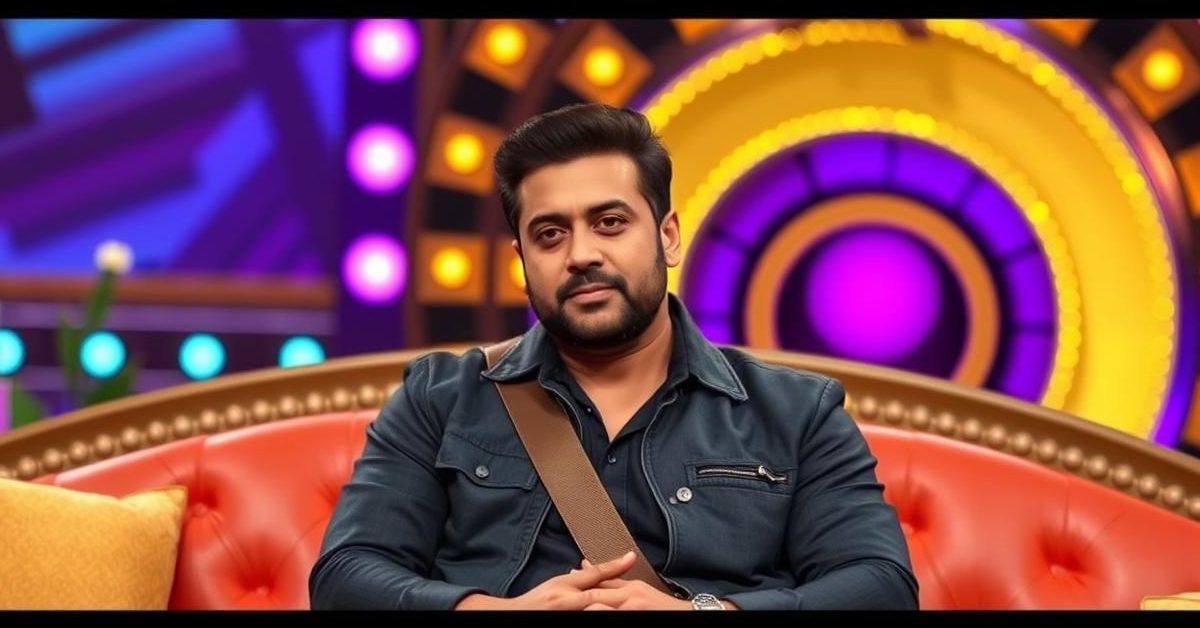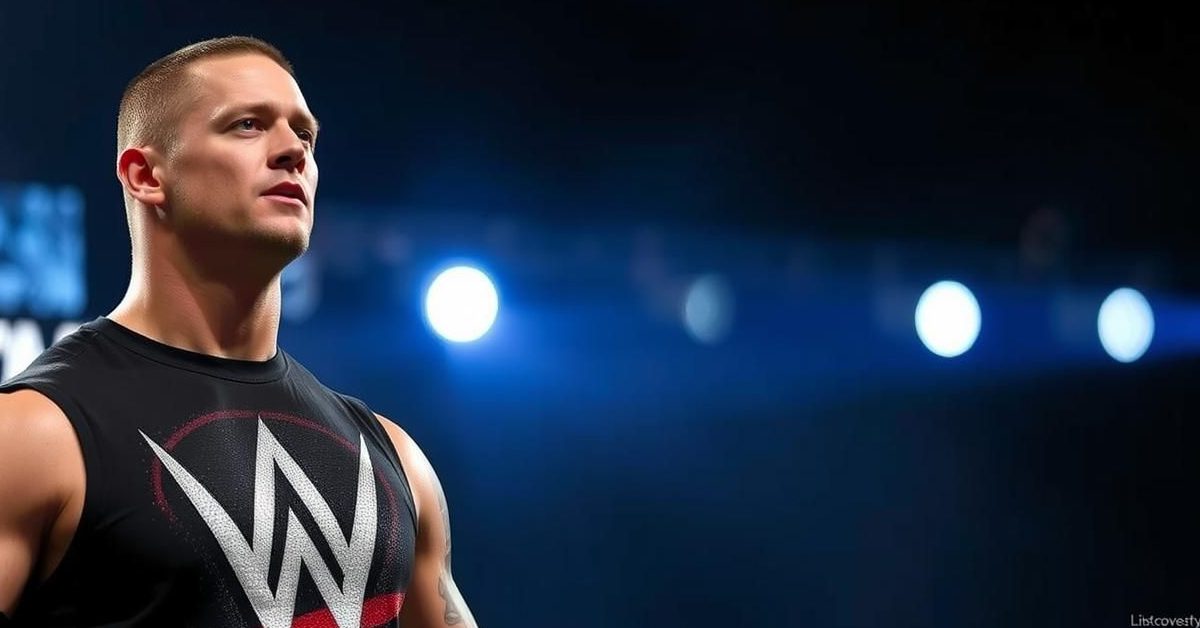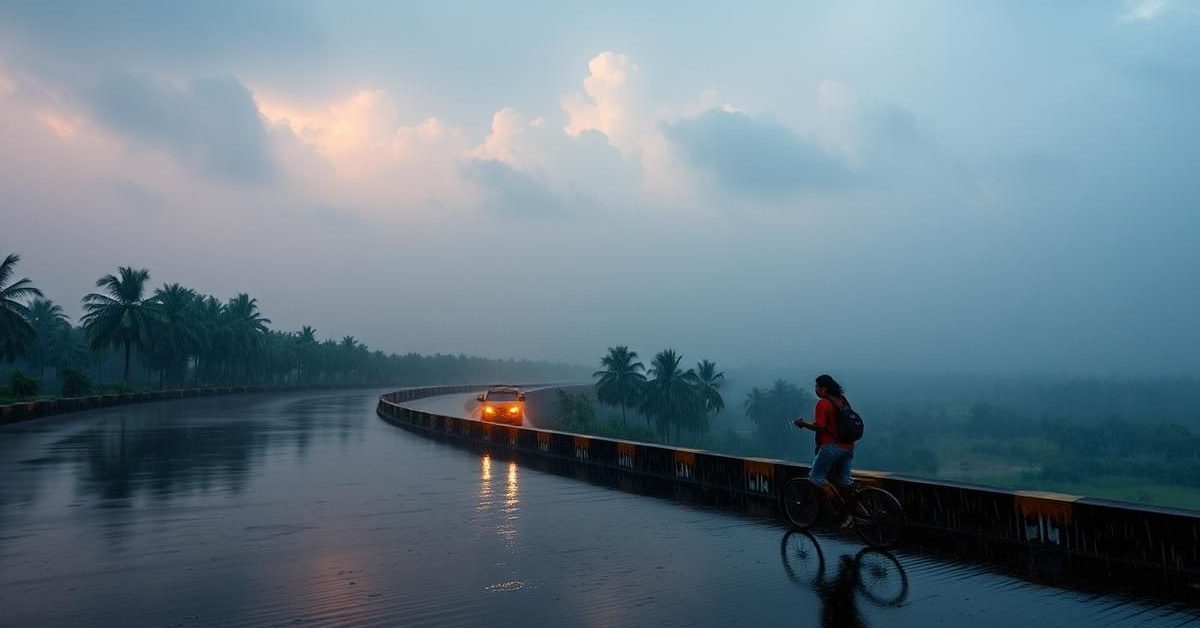When Cinematic Titans Collide: Unpacking the Mani Ratnam and Ram Gopal Varma Dynamic
In the vast landscape of Indian cinema, few names resonate with the creative force and individualistic vision quite like Mani Ratnam and Ram Gopal Varma. Both auteurs have etched indelible marks on the industry, migrating from their foundational work in South Indian cinema to make significant waves in Bollywood. Yet, despite their parallel trajectories and undeniable influence, their relationship is less one of mutual admiration and more of a fascinating, often contradictory, dance of respect and professional dissonance.
A Surprising Past: The Early Collaborations That Faded
It might come as a surprise to many, especially given their divergent artistic paths, that these two titans actually shared a collaborative past. Decades ago, Mani Ratnam and Ram Gopal Varma joined forces on no less than three projects. Two of these saw them sharing the pen as co-writers, meticulously crafting narratives together. On a third occasion, they combined their industry clout as co-producers. These early alliances hinted at a potential long-term creative partnership, a formidable duo in the making.
However, the cinematic currents shifted. For the past 27 years, their names have not appeared together in any new ventures. This prolonged hiatus speaks volumes, suggesting that the initial spark of collaboration eventually gave way to differing artistic philosophies and perhaps, strong personalities at play.
The Unvarnished Truth: RGV’s Candid Confessions
The veil of industry politeness was recently lifted by Ram Gopal Varma himself, who, in his characteristic unfiltered style, offered a stark assessment of their creative disconnect. “Mani Ratnam doesn’t like my films and I don’t like his,” Varma declared, a statement that cuts through the usual niceties of professional camaraderie. This candid admission offers a rare glimpse into the minds of two highly opinionated filmmakers.
Varma didn’t stop there. He specifically singled out Mani Ratnam’s acclaimed 1987 masterpiece, *Nayakan*, a film often cited as one of the greatest Indian films ever made and a significant influence on gangster cinema worldwide. For RGV, however, *Nayakan* simply “doesn’t do it for him.” This isn’t just a difference of opinion; it highlights a fundamental divergence in their artistic sensibilities, even regarding iconic works.
Clash of Artistic Titans: Styles and Substance
The friction between their creative processes became particularly evident during projects where they were forced to “butt heads,” as described. Mani Ratnam is celebrated for his nuanced storytelling, often delving into complex human relationships, political allegories, and social commentary with a poetic and visually rich aesthetic. His upcoming project, *Thug Life*, continues to generate buzz, promising another layer of his distinct directorial vision.
Ram Gopal Varma, on the other hand, is renowned for his gritty realism, exploring the darker underbelly of society, often with a raw, visceral energy in his crime thrillers and horror films. His narratives are frequently unflinching, embracing a starker, less romanticized portrayal of human nature. This fundamental difference in approach – one often seeking beauty in complexity, the other truth in harsh reality – likely fueled the creative disagreements that eventually led to their extended separation as collaborators.
An Enduring Legacy, Apart Yet Connected
Despite their profound creative differences and the candid confessions of mutual artistic disinterest, both Mani Ratnam and Ram Gopal Varma continue to shape Indian cinema. They stand as pillars, each commanding immense respect for their individual contributions and their relentless pursuit of unique cinematic expression. Their story serves as a fascinating study in how even the most brilliant minds can operate on vastly different wavelengths, creating distinct legacies that, while separate, collectively enrich the tapestry of global cinema.

